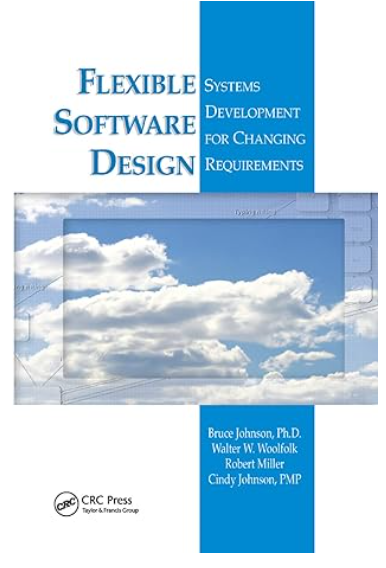- Регистрация
- 27 Авг 2018
- Сообщения
- 37,233
- Реакции
- 523,390
- Тема Автор Вы автор данного материала? |
- #1

ОПИСАНИЕ:
A developer's knowledge of a computing system's requirements is necessarily imperfect because organizations change. Many requirements lie in the future and are unknowable at the time the system is designed and built. To avoid burdensome maintenance costs developers must therefore rely on a system's ability to change gracefully-its flexibility. Flexible Software Design: Systems Development for Changing Requirements demonstrates the design principles and techniques that enable the design of software that empowers business staff to make functional changes to their systems with little or no professional IT intervention.
The book concentrates on the design aspects of system development, the area with the most flexibility leverage. Divided into four parts, the text begins by introducing the fundamental concepts of flexibility, explaining the reality of imperfect knowledge and how development participants must change their thinking to implement flexible software. The second part covers design guidelines, stable identifiers, stable information structures, the Generic Entity Cloud concept, and regulatory mechanisms that give business staff control over system modifications. Part three relates strategic information systems planning to flexible systems. It examines the elicitation of requirements and the relevance of agile methods in a flexible systems environment. It also discusses practical aspects of stable identifier design and compares the testing of traditional and flexible software. In part four, the book concludes with details of the flexible UniverSIS system and an explanation of the applications and extensions of the Generic Entity Cloud tools.
The combination of smart design and smart work offered in Flexible Software Design can materially benefit your organization by radically reducing the systems maintenance burden.
ПРОДАЖНИК:
СКАЧАТЬ:



